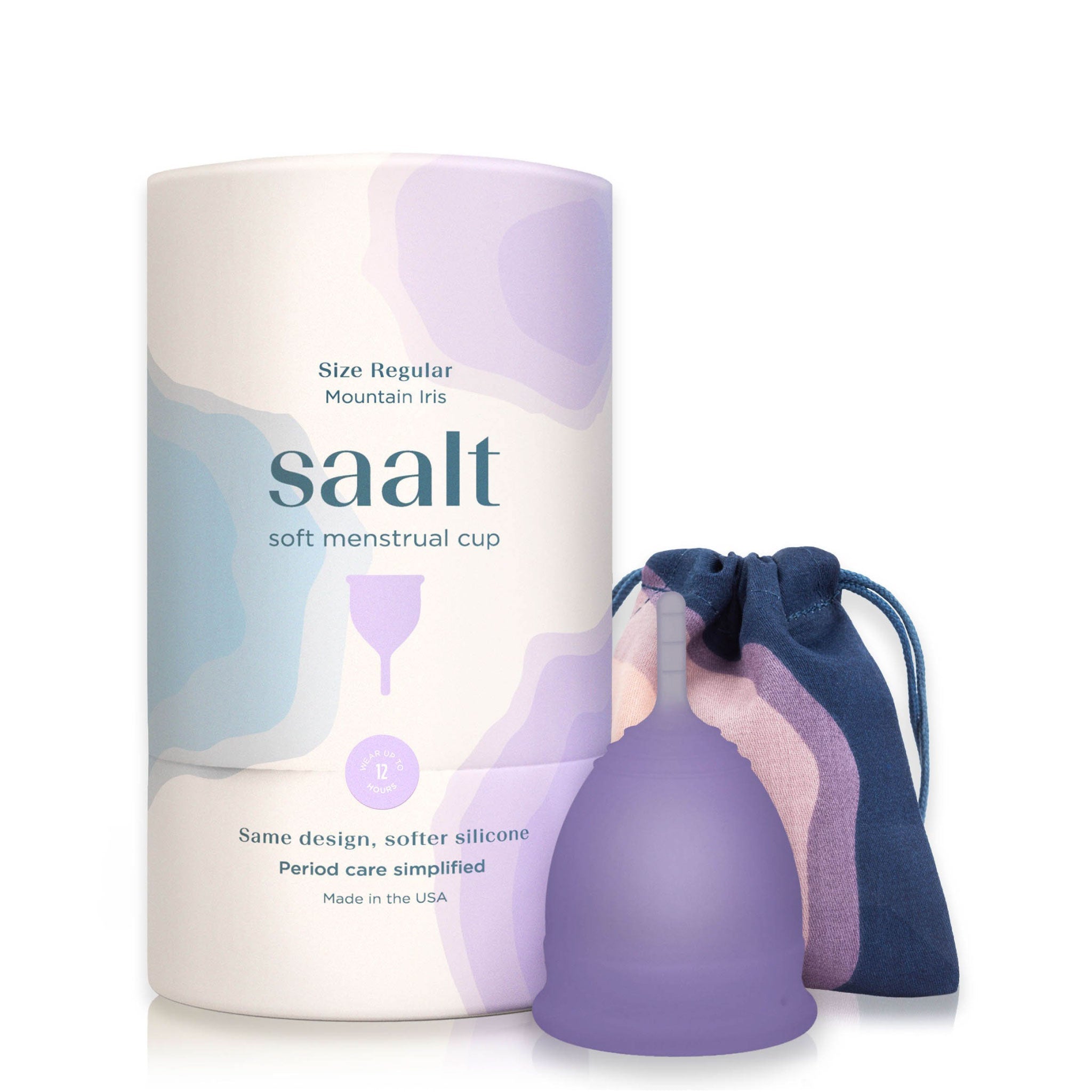Let's address the elephant in the room. Fear of Toxic Shock Syndrome (TSS) is ingrained into every adolescent with a period from the time they're first introduced to tampons. So much so that our hearts skip a beat when we've realized we've had our tampon in a bit too long, or forgotten to change our menstrual cup or disc past the 12-hour mark.
Yet, most of us don't know anyone who has been affected by TSS. The truth is, most of us don’t fully understand what TSS really is.
Here are the facts. It's extremely rare. In fact, statistically speaking, it is so rare that the incidence of TSS is 0.03-0.50 cases per 100,000 menstruators.1 So, how does it happen?
To answer that question, we set out to scour the world of gynecology and found an infectious disease expert who graciously allowed us to access her expertise. Here's what we've learned so far.
What Causes TSS?
TSS is caused by two specific strains of bacteria, Staphylococcus Aureus (staph), and in some cases, Group A Streptococci (strep). Staph lives naturally on 30-50% of healthy adults, but more specifically, only about 10-20% of people who menstruate worldwide have a strain of staph in their vagina. Further, of the 10-20% of the menstruating population who carry staph vaginally, only 10-20% of those carry the strains are capable of producing the TSS-1 toxin, which is the specific toxin that causes Toxic Shock Syndrome.2 Staph and strep are generally harmless, but when the right conditions are in place, it can become a cause for serious concern.
When Does It Become a Problem? Four Main Risk Factors
First, staph or strep needs to be present in the vaginal canal. Again, only a small population has this.
Second, the pH of the vagina must be altered. Your vagina is naturally acidic and maintains a pH range of 3.8 to 4.5, a level that generally doesn't allow harmful bacteria to thrive very easily. However, blood is slightly alkaline (or basic) with a pH of 7.35 - 7.45. This means that when we menstruate, our menses will raise our vaginal pH closer to a neutral state, creating a more comfortable environment for bacteria to live. Lucky for us, our bodies are pretty good at keeping harmful bacteria at bay.
The third factor is oxygen. The staph bacteria requires oxygen to produce the toxin that can cause TSS, and this is where tampons, period cups, discs, and other vaginally inserted products come into play. Tampons, menstrual cups, and menstrual discs can introduce oxygen to the vaginal canal, feeding the bacteria that are present. But don't let fear get the best of you on this one! This is completely harmless unless the other three factors are present.
The fourth and most important factor is an entry point into the bloodstream, such as a sore, cut, or tear in the vaginal tissue. Even if the other three factors are in place, without a way of reaching your bloodstream, the bacteria and the toxin will not cause Toxic Shock.
All People with a Period are at Risk of TSS
All of this information is great, right? But however rare, we know that TSS does happen, and when it does it can be extremely serious.
The reality is, all people who have a period are at risk of TSS. No matter what products you use to care for your period, there is always a risk of TSS. Maybe you don’t use any inserted product for your period, being you have a period, you are still at risk of TSS.
Think of it like this. Car accidents. All people are at risk of being in a car accident, no matter if you choose to drive a car or not. Maybe you choose to ride a bus, ride a bike, or even walk to work. Although extremely rare, you still are at risk of being in a car accident even when you choose to not drive in a car.
We don’t write this to scare you, but to better educate you so you can best protect yourself throughout your period!
Know the Symptoms
We believe the best way to protect yourself from TSS is starting with education. The earliest symptoms of TSS include:
- A sudden high fever
- Muscle aches
- Dizziness upon standing
- A rash resembling a sunburn, particularly on your palm and soles
- Low blood pressure
- Vomiting and/or diarrhea
- Seizures
- Confusion
- Severe pelvic or abdominal pain
If you experience any of the above symptoms while on or just after finishing your period, seek medical care immediately. If you have to seek medical attention for these symptoms, the only person that can best advocate for yourself is you, so we encourage you to tell the physician that is helping you that you think you are experiencing symptoms of TSS.
How to Protect Yourself
The good news is that there are ways we can protect ourselves to make sure we are inserting, removing and storing our menstrual cups and discs with proper care. We've created a handy checklist to help you understand how to properly care for your menstrual cup or disc, as well as when you should pass up vaginally inserted products in favor of pads and period underwear—did we mention that we love our Saalt Leakproof Underwear?!
Maintain proper cup and disc hygiene by:
-
Boiling your menstrual cup or menstrual disc for 4-5 minutes (no more than 7 minutes) or wiping it thoroughly with 70% Isopropyl alcohol to sanitize in between periods.
-
Washing your storage bag by throwing it in with a load of laundry.
-
Cleaning your hands thoroughly before inserting or removing your period cup or disc.
-
Rinsing and cleaning your cup or disc with cold water and our Saalt Menstrual Cup Wash during your period.
Take a break from your menstrual cup or disc if:
-
Your cup or disc feels like it may be too big. Signs of this include overstretching your vaginal tissues when inserting and removing, causing tearing or bleeding unrelated to your period (Psst! Just reach out to us at [email protected]. We'll help you find the right size!).
-
You have a scratch, sore, or cut in your vaginal tissue.
-
You have an infection such as bacterial vaginosis, a yeast infection, or an active sexually transmitted infection.
Learn: how does period underwear work?

At Saalt, we believe that knowledge is power, and knowing the truth about TSS is equally as important as knowing the signs and symptoms. Your period is part of your life, but with the right information, fear of TSS doesn't have to be.
If you're the type that loves to geek out over the research, check out the articles below to learn more!
Cited sources:
Additional resources:
- https://mbio.asm.org/content/mbio/10/2/e00214-19.full.pdf
- https://aem.asm.org/content/aem/84/12/e00351-18.full.pdf
- https://link.springer.com/article/10.1007%2Fs10096-019-03685-x
- https://www.thelancet.com/action/showPdf?pii=S2468-2667%2819%2930111-2
- https://www.ncbi.nlm.nih.gov/pmc/articles/PMC5142822/pdf/nihms829081.pdf






